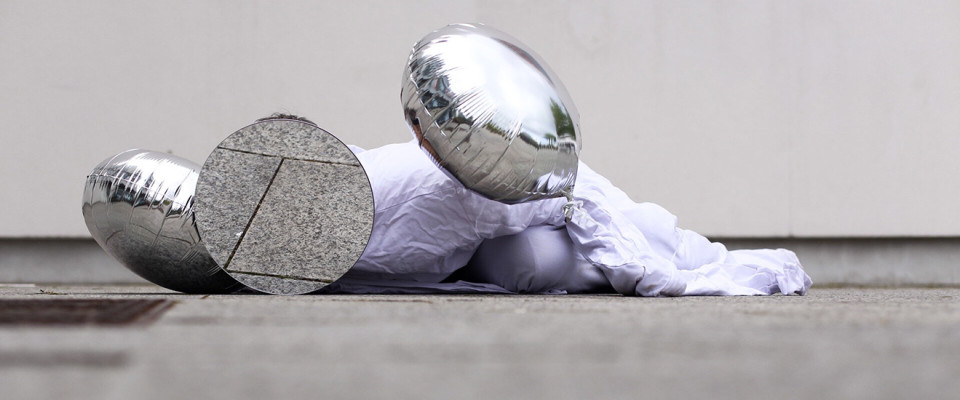2007 – 2017 – By Bernard O’Rourke
MART Gallery & Studios – Providing Creative Platforms
Join our Newsletter

2007 – 2017 – By Bernard O’Rourke
In 2007 Ciara Scanlan and Matthew Nevin were two art graduates living in Galway. As with most of their fellow graduates, they found that a barrier existed between them and the Irish art world.
“The notion of accessing a gallery or creative space to showcase our work seemed like a closed shop,” says Nevin. “So, we took it upon ourselves to create our own opportunities.”
Before they made their way to their current base of operations in Dublin, MART operated as a website hosting artwork, and as a curatorial partnership organising shows, often in makeshift venues outside the traditional gallery environment.
With a focus on non-traditional modes such as video, installation, performance and other new media or digital forms, the online gallery hoped to make artworks available to a wide audience, creating a public for work which otherwise would struggle for attention. In this way Scanlan and Nevin took on the role of promoting the work of other artists that has remained a core part of their role with MART ever since.
MART has a core principle of making art more inclusive, both in terms of viewership and production. Since its inception, Scanlan and Nevin have worked to open platforms for new artists to make and display work, and for new audiences to develop and engage with this work. This soon evolved into the curation of exhibitions. As more traditional gallery spaces proved difficult to get into, MART embraced a pop-up approach, setting up exhibitions in non-traditional spaces – allowing greater access through reduced costs, and through displaying art in places art was not typically displayed, therefore engaging with a non-typical audience.
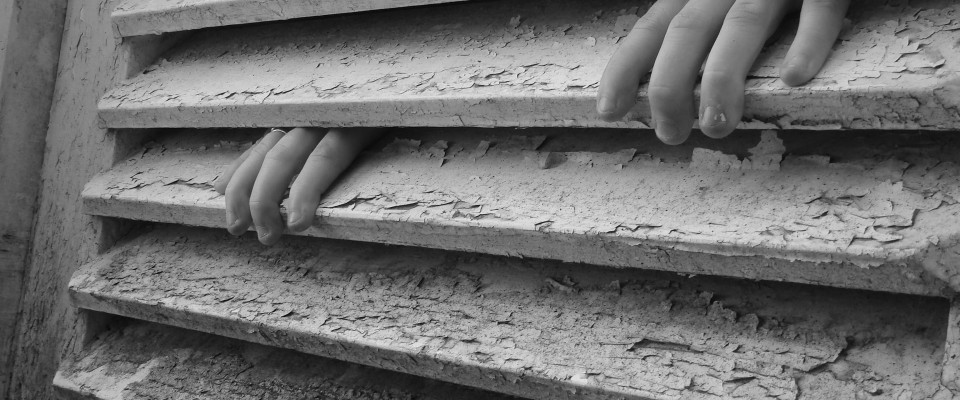
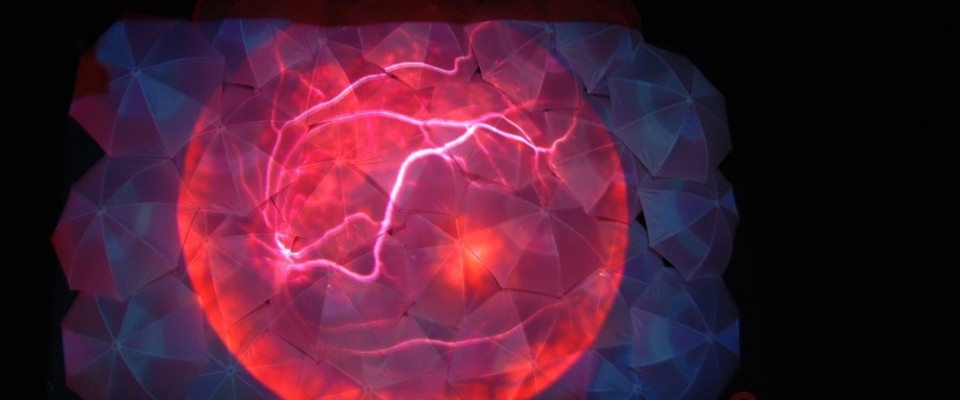
“Creating and connecting with new publics has always been such a big part of MART,” says Scanlan. “When we started, and did the first launch in an old fruit market warehouse and the 200-year-old thatch cottage in Galway Arts Festival, the locals were very supportive. They began to talk about the architecture and history behind the buildings. In turn they would view the artworks and begin having another conversation. It is great to get multiple viewpoints rather than a regular [art] audience.”
Scanlan and Nevin quickly moved from organising exhibitions in their local Galway scene to across Ireland. In 2010 the duo took the next big step and moved international with ‘An Instructional’, a large-scale touring exhibition of upcoming Irish artists that visited galleries in six cities: Entree in Bergen, Norway, Shunt in London; Space in Bratislava, Stadtbad in Berlin, the Molesworth Gallery in Dublin, and The Lewis Art Gallery in Jackson, Mississippi. The tour was an experiment in how to – with only limited means – create a cultural dialogue for artists to promote their work.
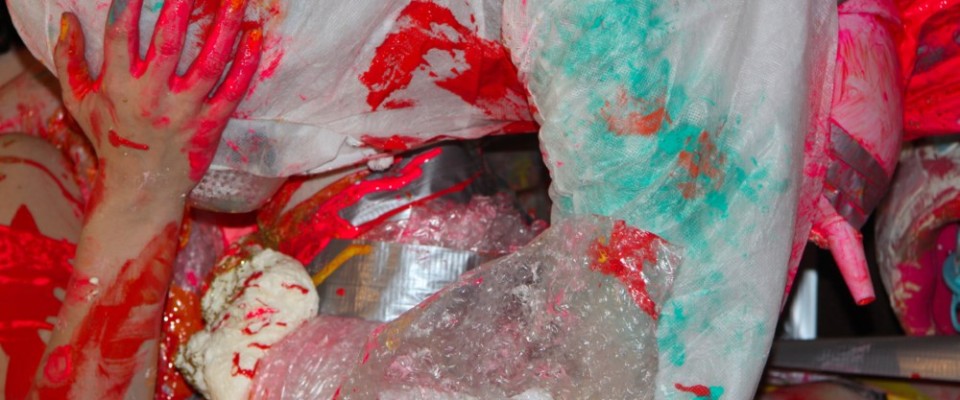
For the curation of this project, Scanlan and Nevin used a ‘Readymade’ approach to art making. They invited artists to submit proposals of work that used materials, objects and concepts influenced by the readymade and re-constructible. The aim was to re-invent the exhibition format with a unique interplay between artist, curator and artwork – challenging each role.
As well as white cube spaces the touring show exhibited in less conventional, makeshift gallery spaces. Stadtbad, for example, is a huge abandoned 1950s swimming pool complex that had been turned into an art venue. On this trip, Nevin and Scanlan visited various ‘models’ that influenced their future structure – opening their eyes beyond the traditional formats of creating spaces.
Following on from the first tentative steps in front of a US audience in Mississippi in 2010, MART made its next trip stateside in 2011. ‘Invite or Reject’ was an ambitious exhibition that saw fifteen Irish artists shown in diverse contemporary art spaces in the heart of three of most influential US cities: New York, Chicago and Los Angeles.
‘Invite or Reject’ – as part of Culture Ireland’s Imagine Ireland programme – engaged with its setting by referring to the duality of understanding and miscommunication that existed when Irish people first immigrated to America.
Although by this stage, MART had developed a series of relationships with artists they went on to work with again, Scanlan and Nevin took great care to find ways of opening the process, seeking new work from artists they didn’t know through open call outs. As Scanlan explains: “We sifted through submissions and selected the people we were interested in showing, we had a mixture of emerging and established artists.”
After five years of curating shows from pop-up spaces to world-renowned galleries, Scanlan and Nevin made the decision to set up a permanent MART HQ. In their words, they wanted to set up “a home for a permanent creative exchange and a cultural hub to facilitate both the creation and exhibition of new contemporary artwork”.

The place they found was 190a Rathmines Road Lower, a derelict former fire station that had lain empty for more than twenty five years. The building – built in 1837 – was transformed into a fire station in the 1870s, serving the Dublin 6 area until the construction of Donnybrook fire station in the 1980s. When MART arrived, they found a space that was crumbling and filled with litter, and yet beneath all this, the building retained its original 19th century charm. Working without the funds for a professional building crew, Scanlan and Nevin got their hands dirty transforming the space.
One of the biggest differences which sets the MART gallery apart from any other art space in Dublin (or indeed, anywhere) is its five-meter-wide bay doors, painted fire engine red. “Once you open those doors,” says Scanlan, “we have an influx of visitors who may not normally engage with contemporary art”.
The debut MART Gallery exhibition – ‘Curb Your Carrie Bradshawism’ – opened on 4 September 2013. The show established this new gallery space as one with a distinctly egalitarian ethos: All contributors who donated to a fundraising campaign through the Fundit.ie platform which funded the building’s renovation were invited to take part. This resulted in an opening exhibition with a mission statement of a new gallery with accessibility at its core – this was a place where diverse artists were given opportunities to create work, and where an audience with or without a great understanding of modern art could engage with that work.
As well as the gallery space, the old fire station became home to six artists’ studios – providing a creative work space for a broad spectrum of visual artists.. By renting out these spaces, MART looked towards self-sustainability. While MART has received funding from bodies such as Dublin City Council, Arts Council Ireland and Culture Ireland, these have been used by MART as a means of developing an organisation that is a self-reliant as possible, rather than one kept going by funding alone.
The MART Studios soon expanded beyond the fire station – with MART moving into a number of vacant office and industrial spaces over the next three years. As of September 2017, MART operated eight studio buildings with over 80 studios and more than 130 studio members, making it one of the largest providers of studio space in Ireland.
“We had to grow to stay sustainable,” says Nevin. “Otherwise we’d become a temporary initiative. We want MART’s second decade of existence to allow us continue to grow and evolve.” The studio network expanded the range of activities undertaken by MART to new levels. In keeping with its role as an artist-led organisation run for artists, Scanlan and Nevin worked to ensure that a creative community developed among the growing number of studio members – providing monthly studio crits to aid work in progress, holding open studios and other mixer events, and generally listening to the MART studio members’ requirements and developing the provision of services in a direction that was needed by MART’s growing creative community.
This growth and evolution saw a whole range of activities take place in MART’s new Dublin home over the next three years – the development of a large community of studio members, a residency programme, the opening of the (now closed) MARTCADE café, and the use of MART gallery as a space for art experiments, live music, poetry readings, in addition to exhibitions curated by Nevin and Scanlan.
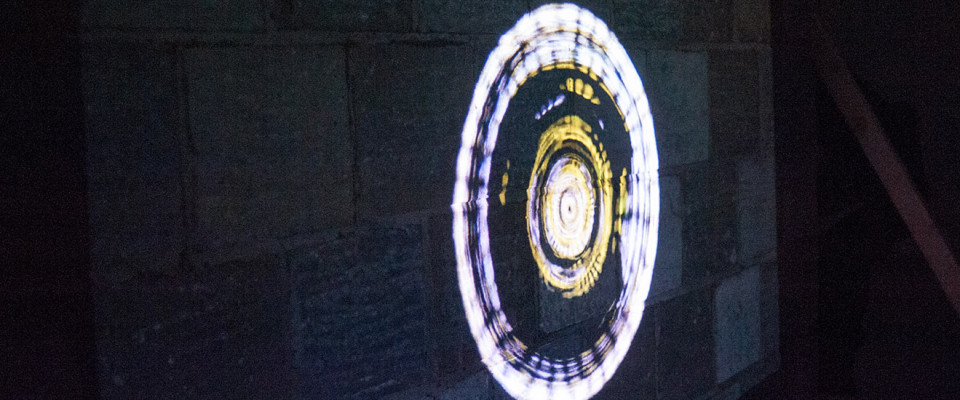

In 2017, MART expanded its studio network even further, developing new opportunities for as many artists as possible. In February 2017, they moved into a large warehouse in Portobello Harbour, where they developed their largest studio space yet, allowing for the development of larger scale projects than ever before. This pop-up creative hub, led by MART, maintains an active collaborative approach, providing a supportive platform and opportunity for showcasing and promoting cultural cooperation. As with many of its activities, MART’s intention with this space is to foster a creative community and facilitate a cultural and artistic exchange.
As the scope of MART activities expanded with a new base of operations, so too did the MART team. Where Scanlan and Nevin once ran the entire operation themselves, they are now surrounded by a much larger team – including gallery manager Deirdre Morrissey, studio manager Barbara Deignan, assistant studio manager Edward Sheehy, office administrator Gay Murphy, gallery assistant Sarah Donegan, and marketing manager Bernard O’Rourke. MART have also worked with their local TÚS and CE programmes, providing back to work opportunities to the long term unemployed.
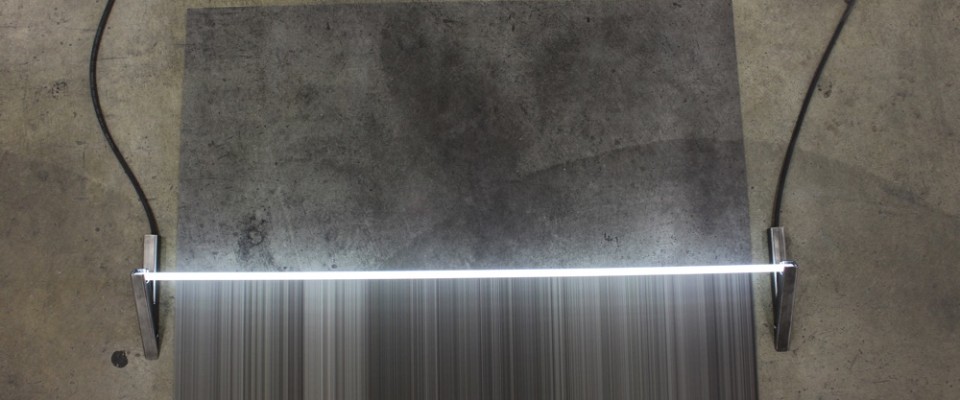
Having a Dublin base didn’t tie MART down – their international projects continued to increase too. Specifically, Scanlan and Nevin worked to develop lasting long term links with the Los Angeles art scene through a series of visits.
In 2016 MART began a three-year series of LA exhibitions with ‘Activating Pangea’, which, along with an upcoming international studio exchange programme with Santa Monica Art Studios, is aimed at building a lasting, sustainable cultural exchange.
In January 2017 MART announced ‘Destroy these Walls’ a year-long programme of curated exhibitions. Supported by the Arts Council Ireland and curated by Ciara Scanlan, Matthew Nevin and Deirdre Morrissey, Destroy These Walls was presented in MART Gallery, RUA RED and in Santa Monica Arts Studios (Los Angeles). This programme reinforced MART’s founding principles: to showcase artwork across a range of media (such as digital and video art, performance and installation); to support the creation of work that reinvents materials and technologies; and to expand the perceived limitations of the gallery environment.
Unlike previous years, where MART Gallery alternated between curated shows and gallery hire-outs to cover costs, ‘Destroy these Walls’ saw the Gallery used solely for MART curated exhibitions. “We have always wanted to curate our gallery,” says Nevin “but to maintain sustainability we had to hire out the space.” In 2017, MART have achieved the purpose that the old fire station base was always intended for since its doors first opened.
Outside the MART Gallery, MART continued its partnership with Tallaght’s RUA RED Gallery for Glitch Festival 2017 – a month long digital arts festival. For Glitch, the curators sought out visual artists working with technology, digital media, video and the web – with a goal of creating experimental technological driven artworks for the public engagement and participation.
Across the Atlantic meanwhile, Activating Pangea continued into its second year with a group exhibition of five Irish artists in Santa Monica Arts Studios. In tune with their programme in their own gallery, the aim of ‘Activating Pangea: Destroy These Walls’ was to create new dialogues that challenge conventional views on politics and culture, push for examination on preconceived expectations of what contemporary art is, and to examine what relevance it has for the society we live in.
After ten years of existence Scanlan & Nevin have developed the MART into a large scale, multi-faceted arts organisation. Their goal of self-sustainability, while not yet totally achieved, is getting closer. Countless artists have benefited from their work. Over the course of recent years, hundreds of artists have been provided with affordable workspace, at a time when many other studios spaces have shut down. Many more artists have received a platform in the MART gallery, or on an even bigger stage on one of MART’s international curation projects. With a decade of experience under their belt, the MART team has every intention of continuing their growth, and will continue to work on developing the creative community around them.
Bernard O’Rourke
